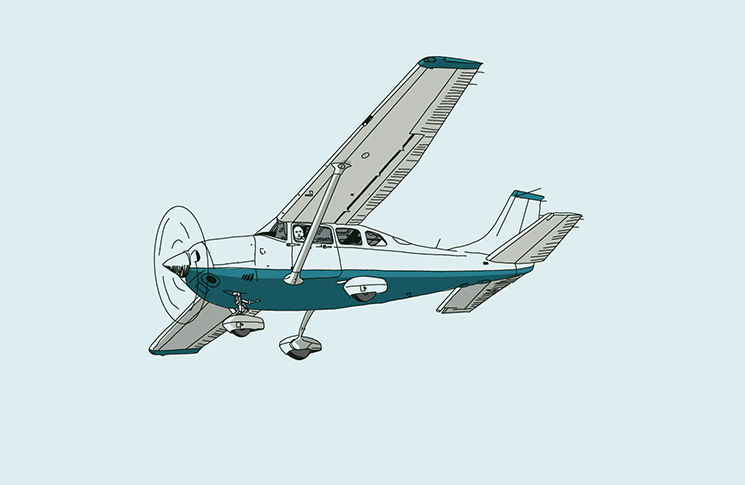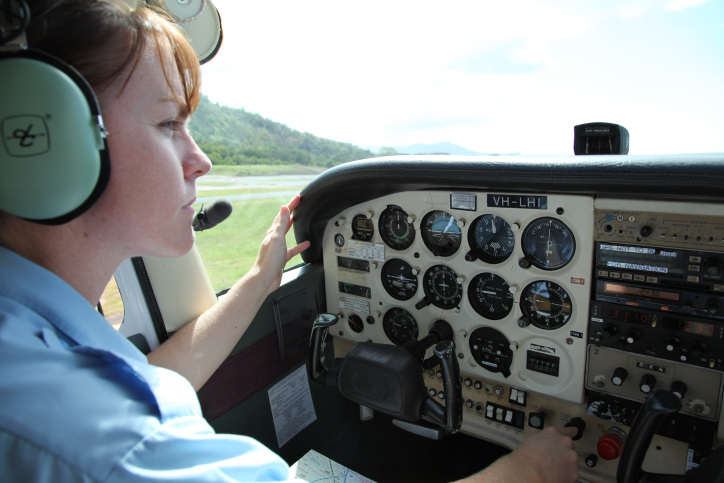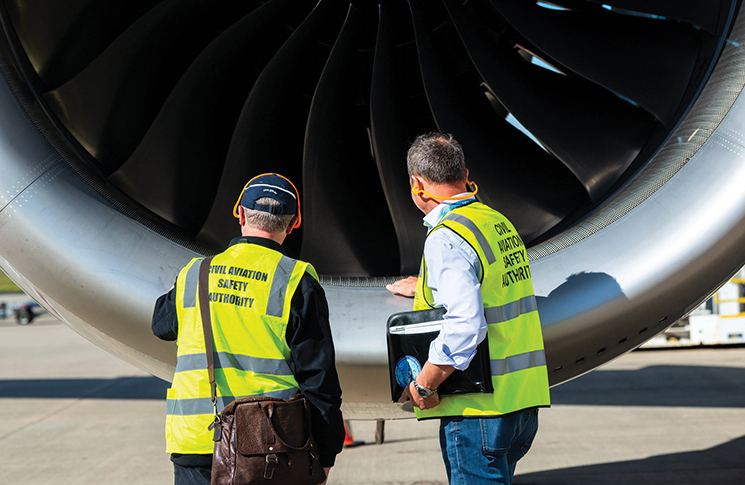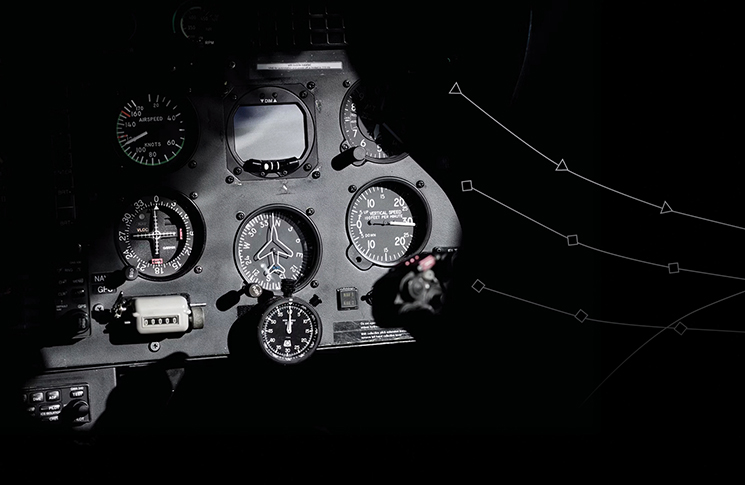When I finished high school, many of my classmates were still questioning what they wanted to do next. However, I was determined to find a career as a pilot.
I enrolled in flight training and took out a student loan which allowed me to complete my CPL, multi-engine endorsement, instrument rating and gas turbine endorsement over a relatively short period of time. Everything progressed quickly, until it came to finding my first job.
After 10 months of searching, I was finally offered an interview and check flight with a small company. The flight would take place in a Cessna 206 (C206). I knew I had the potential to perform well, given I had been successfully signed off in this aircraft type on my CPL flight test.
A couple of days before the scheduled interview, I booked a refresher C206 flight with an instructor to give myself the best chance of being ready. After all, it had been several months since my last C206 flight and, with the amount of student debt I had built up, regular C206 flights were not affordable. However, the refresher flight was cancelled due to poor weather conditions and then I was called in early to do the interview flight the next morning!
I had heard stories about pilots moving interstate and camping out to find their first flying job because it was so important to be there and ready as soon as a position became available. Therefore, I was feeling a lot of pressure and stress to get this check flight done and finally get my foot in the door.
The refresher flight was cancelled due to poor weather.
When I arrived at the interview and was shown around the aircraft, I saw that this C206 had only one set of controls – even though the interview instructor would be seated next to me, I would be the one in control of the aircraft.
However, as soon as I was seated in the aircraft, many aspects felt familiar again. The take-off and general handling exercises went well, and I was hopeful the instructor would be happy with my performance.
I no longer had the recency to perform how I did during my flight training.
But issues began when it was time to return to the airport – a crosswind had developed. Although I had worked hard on my crosswind technique during my flight training, I quickly became aware that my competency and currency in this area was not at the level that it was when I was flying frequently. Additionally, the most recent flying I had done was in a different aircraft type, that required a higher flare than the C206.
As I came in for the first time, my approach was not set up well. I was too fast and struggling to use my crosswind technique to stay aligned with the runway. Had this been any other flight, I am sure that I would have just gone around.
But with the perceived pressure to make a good impression by landing on my first attempt, I continued, flared too high and bounced! As I performed a go-around, I could feel the pressure building along with frustration for not using better judgment. I knew I had the ability to fly the C206 well but, as I came back around – and again flared too high –
I quickly realised that these skills had degraded with time, and I no longer had the recency to perform as I did during my flight training.
The time between completing my training in this type of aircraft, and later finally receiving an opportunity to fly it again, had taken its toll on my flying skills.
After a few failed attempts, the instructor talked me through the landing and flare, enabling me to finally land the aircraft safely. I felt disappointed in myself and embarrassed. The way I had performed was not at the level of someone with a commercial pilot’s licence.
Although I did not get a job offer that day, I did walk away with some lessons learnt that will stay with me whether flying privately or commercially.
Lessons learnt:
- Large gaps between flying will take a toll on your skills and ability to fly a certain aircraft, so it is important to get professional instruction to re-familiarise yourself with any aircraft before acting as pilot in command of that type.
- Don’t overestimate your ability to fly in certain conditions.
- If you can see your approach is unstable and you won’t be able to put the aircraft down safely, go around.
- On my first 2 attempts to touch and go, I was so determined to put the aircraft down. I felt as though going around would make me look like I couldn’t handle the landing with a crosswind, when in reality, going around would have been the safer choice.
- Don’t fly as pilot in command if you feel unprepared; in this situation, the unfamiliar aircraft coupled with the crosswind was something I was not able to handle, but I felt pressure to get this flight done because I was so eager for the opportunity of a job.
Have you had a close call?
Write to us about an aviation incident or accident that you have been involved in (as long as it’s not the subject of a current official investigation). If we publish your story, you will receive $500. Articles should be between 450 and 1400 words. Submit your close call by emailing fsa@casa.gov.au and your story could be published like this one and others in our close calls collection.
Disclaimer
Close calls are contributed by readers like you. They are someone’s account of a real-life experience. We publish close calls so others can learn positive lessons from their stories, and to stimulate discussion. We do our best to verify the information but cannot guarantee it is free of mistakes or errors.





